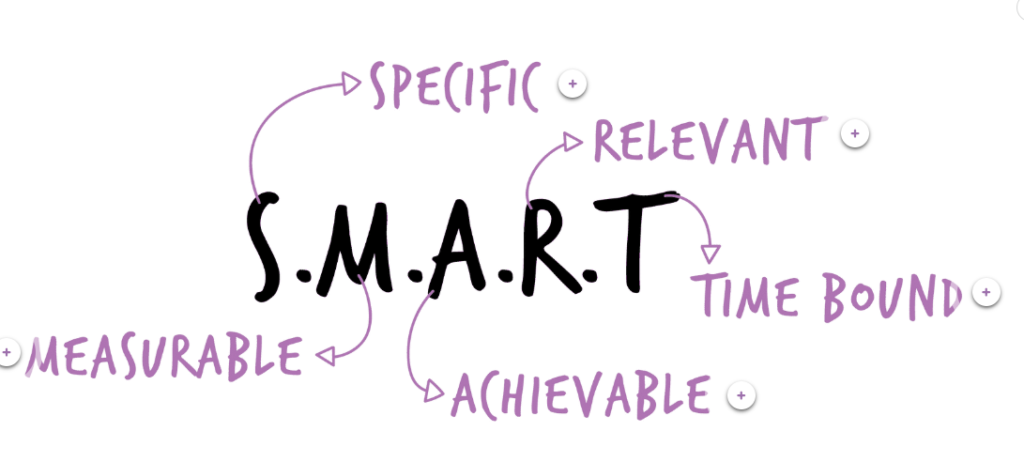Indicators
I want a measure to track progress, reflect change and assess project performance...
What are they?
An indicator is a simple and reliable measure used to track progress, reflect change or assess project performance. Indicators are a critical component of a project logframe.

Indicators differ depending on their location in the hierarchy of objectives:
Goal
Goal: Indicators reflect longer-term impacts that are usually not achieved through the completion of a single project. Rather, they may require changes brought about by multiple initiatives. Not all logical framework templates include indicators at the goal level.
Strategic Objectives (SOs)
Strategic Objectives: Indicators reflect change that is sought (often from a single initiative) among extended beneficiaries, target populations, collaborating institutions and local partners.
Intermediate Results (IRs)
Intermediate Results: Indicators reflect the expected change(s) in identifiable behaviours of a specific group or the expected change(s) in systems, policies or institutions required to achieve the higher outcome.
Outputs
Outputs: Indicators represent tangible goods and services delivered by the initiative.
Activities
MEAL experts have determined that all good indicators should be SMART: Specific, Measurable, Achievable, Relevant, and Time-bound.

Specific
Specific: Indicators must be very closely related to the desired areas of improvement expressed in the objective statements that they represent, and should include the following characteristics: quantity, quality, location and who is expected to make/experience the anticipated change.
Measurable
Measurable: Indicators should be written in a way that promotes an accurate assessment of progress.
Achievable
Achievable: Indicators must be attainable given the budget, time and resources available.
Relevant
Relevant: Indicators must accurately measure the change you want to track.
Time Bound
How do I use them?
Choosing indicators can be challenging. As you choose the right indicators for your project, ask yourself the following questions:
What do I need to know?
Start the process by asking yourself, “What do I need to know?” Answering this question will help you decide which indicators will be relevant.
Once you are clear about how what you need to know, next you need to ask whether you will collect information using standard indicators or custom indicators.
Should I use a standard or custom indicator?
A standard indicator is one that has already been created for use within a particular field, such as food security, peacebuilding, or water and sanitation. They are useful because they have been tested for quality and are globally recognized as good measurements. Often, donors and organizations require the use of certain standard indicators so that they can compare data across projects and programs.
If you are unable to find an appropriate standard indicator, you may need to develop one of your own, a custom indicator. If you choose to develop a custom indicator from scratch, remember that good indicator statements describe:
- What needs to be measured (what will change)
- The target population (who will change)
- The unit of measurement used to describe the change (a number or a percentage)
- The size, magnitude, or dimension of the change (decrease, increase, or a specific target number)
- The time frame.
Should I use a quantitative or qualitative indicator?
Quantitative indicators are measures of quantities or amounts. They help you measure project progress in the form of numerical information, such as number, percentage or rate.
Qualitative indicators measure judgments, opinions, perceptions and attitudes towards a given situation or subject. An example of a qualitative indicator might be, “Women feel safe collecting water from water points.” In this case, feelings of safety are what is being measured, which are difficult to quantify. But, depending on your information needs, it could be very useful to measure changes in feelings of safety, which would make this a good indicator to gather data around.
Should I use a proxy indicator?
You may find that you cannot develop an indicator for a particular concept you hope to measure. In this case, you may need to identify a “proxy” indicator. In contrast to a direct indicator, which tracks change by directly examining the change, proxy indicators track change by examining markers which are generally accepted as being substitutes (or proxies) for what you are trying to measure. Proxy indicators are especially helpful when the result you are attempting to monitor is difficult to measure or too expensive to measure. Be careful, however, because it is difficult to find proxy indicators that consistently and reliably represent what you are trying to measure.
When do I use them?
Indicators are first selected or created when building the project the logframe; ideally before project implementation begins.
Then, indicators are actively used when teams are monitoring and evaluating project implementation. One of the monitoring tools used to specifically track indicators is called an Indicator Performance Tracking Table (IPTT). The IPTT lists each indicator, its baseline, and its target. During regular monitoring meetings, teams can use an IPTT and current data to determine their progress against each indicator.
Indicators are also used in the context of an evaluation. They become the basis for the design of evaluation criteria and questions that the team and any external evaluators may need to answer.
Tips:
How many indicators?
Each objective statement will require at least one indicator, and sometimes more depending on the information you need. However, more is not necessarily better! Collecting data to track indicators takes time and money. The key to a good set of indicators is their quality and usefulness. Be careful not to collect information that you don’t need – or won’t use.
Supported by:
Shared by:
Users are free to copy/redistribute and adapt/transform
for non-commercial purposes.
© 2022 All rights reserved.




